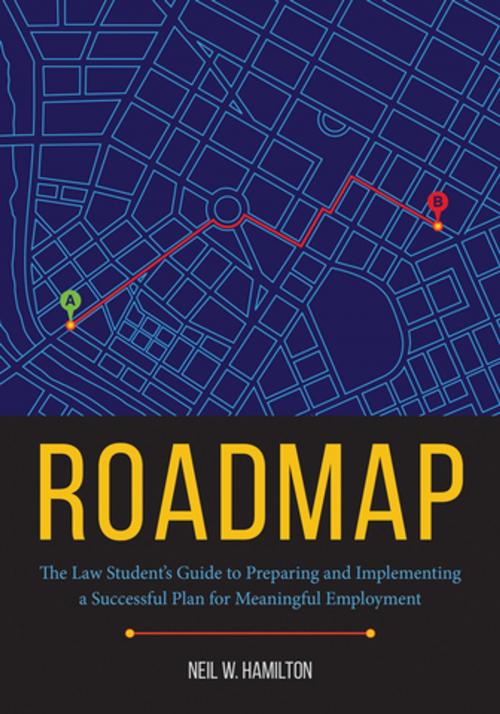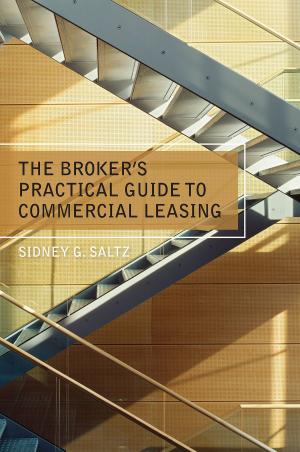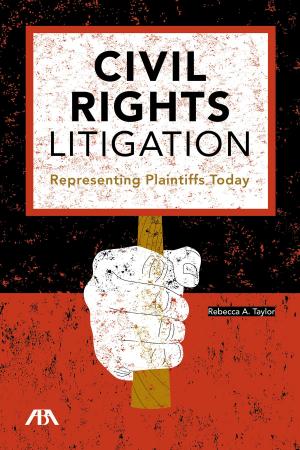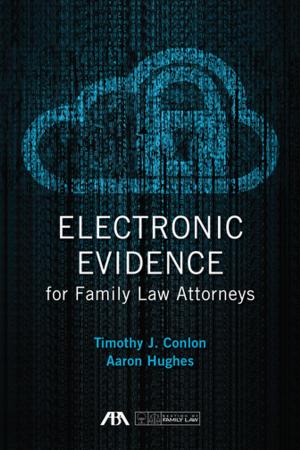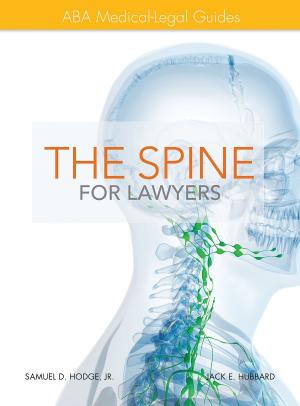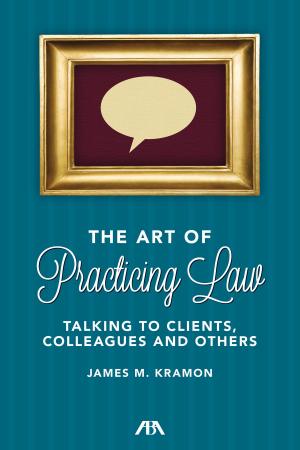Roadmap
The Law Student's Guide to Preparing and Executing a Successful Plan for Employment
Business & Finance, Career Planning & Job Hunting, Job Hunting, Human Resources & Personnel Management, Skills, Entrepreneurship & Small Business| Author: | Neil W. Hamilton | ISBN: | 9781627229913 |
| Publisher: | American Bar Association | Publication: | March 7, 2016 |
| Imprint: | American Bar Association | Language: | English |
| Author: | Neil W. Hamilton |
| ISBN: | 9781627229913 |
| Publisher: | American Bar Association |
| Publication: | March 7, 2016 |
| Imprint: | American Bar Association |
| Language: | English |
Professor Neil Hamilton, former dean of St. Thomas University School of Law, has developed a ground-breaking template for law students to use throughout all three years of law school in order to be fully prepared to find employment upon graduation. Hamilton established the core competencies desired by law firms, corporate legal departments, and governmental law departments, to demonstrate what competencies each student should be developing. Through a combination of one-to-one mentoring and student-driven growth plans, each student identifies specific competencies and career goals then demonstrates progress over the final five semesters before graduation. Hamilton’s method is already in use at several law schools, with spectacular results—both increased employment rates and elevated student understanding of the student’s role and path in obtaining employment.
This is the book for law students who want to take control of their law school education, and ensure a positive outcome upon graduation.
Professor Neil Hamilton, former dean of St. Thomas University School of Law, has developed a ground-breaking template for law students to use throughout all three years of law school in order to be fully prepared to find employment upon graduation. Hamilton established the core competencies desired by law firms, corporate legal departments, and governmental law departments, to demonstrate what competencies each student should be developing. Through a combination of one-to-one mentoring and student-driven growth plans, each student identifies specific competencies and career goals then demonstrates progress over the final five semesters before graduation. Hamilton’s method is already in use at several law schools, with spectacular results—both increased employment rates and elevated student understanding of the student’s role and path in obtaining employment.
This is the book for law students who want to take control of their law school education, and ensure a positive outcome upon graduation.
